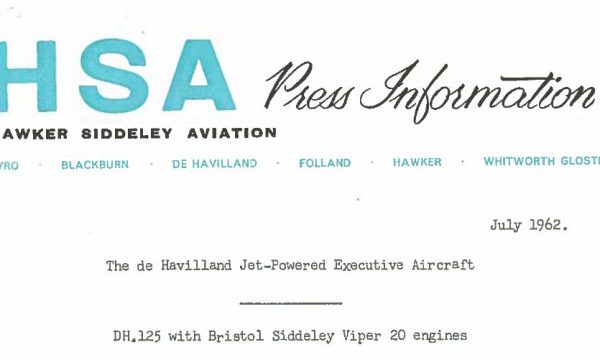

CAV Ice Protection Limited has filed for a patent (UK Patent Application No. GB 2218766.0) for an anti-icing solution for small uncrewed aerial systems (sUAS) that it claims could revolutionise commercial drone use in cold climates.
Engineers at CAV Ice Protection Limited, which is part of the CAV Systems Group designed a concept ice protection system (IPS) that prevents ice from building up on the rotor blades of a drone or sUAS, and are now looking to bring the technology solution to market.
With the rise in popularity of small uncrewed aircraft and drones, ensuring flight operations aren’t impacted by poor weather conditions is crucial – especially as the market is changing from being centred on hobbyists and the defence industry to wider sectors, such as medical, retail and logistics.
CAV balanced the practical weight limits against endurance requirements of the system resulting in a lightweight and low power design that delivers fluid to each propeller blade via its leading edge. Unlike electrothermal systems, CAV’s ice protection technology solution minimises power.
Alex Baty, CAV Systems’ VP of Engineering, said: “This is an industry first, nobody has previously demonstrated an ice protection system that works for this size of aircraft.
“We know weight is a critical factor and our engineers have brought the weight of the full Octocopter system, including fluid storage, to below 2kg.
“This figure is around 20% of the total payload of the test model, and the engineers believe this can be brought down by another 25% depending on the aircraft’s total flight plan by further system optimisation.”
CAV Systems’ solution works by distributing freezing-point depressant fluid across the leading edges of a carbon-fibre blade that is typical to smaller aircraft.
Testing of the system began with a single 18” diameter motor and propeller assembly and progressed to an Octocopter. Further tests using models with and without the IPS in an icing wind tunnel to emulate freezing conditions also secured positive results.
During these tests, the application of the CAV IPS to the propeller saw lift of the model reduce by as little as 10% with small changes to power, compared to the build-up of ice, causing a 50% reduction of ice and doubling of electrical power consumption without the ice protection in place.
Weight is a critical factor: engineers at CAV Systems have brought the weight of the full Octocopter system, including fluid storage, to below 2kg. This figure is around 20% of the total payload of the test model, and the engineers believe this can be brought down by another 25% depending on the aircraft’s total flight plan by further system optimisation.
Baty added: “The work we have done, and are continuing to do, around weight reduction will have a huge bearing on the solution. When a drone has a payload of around 10kg, 500g is a significant percentage.”
A live icing flight test is scheduled to take place in Colorado in association with a major regulatory body this winter.
Call +44 (0) 1207 599 140 or email enquiries@cav-systems.com to find out more.